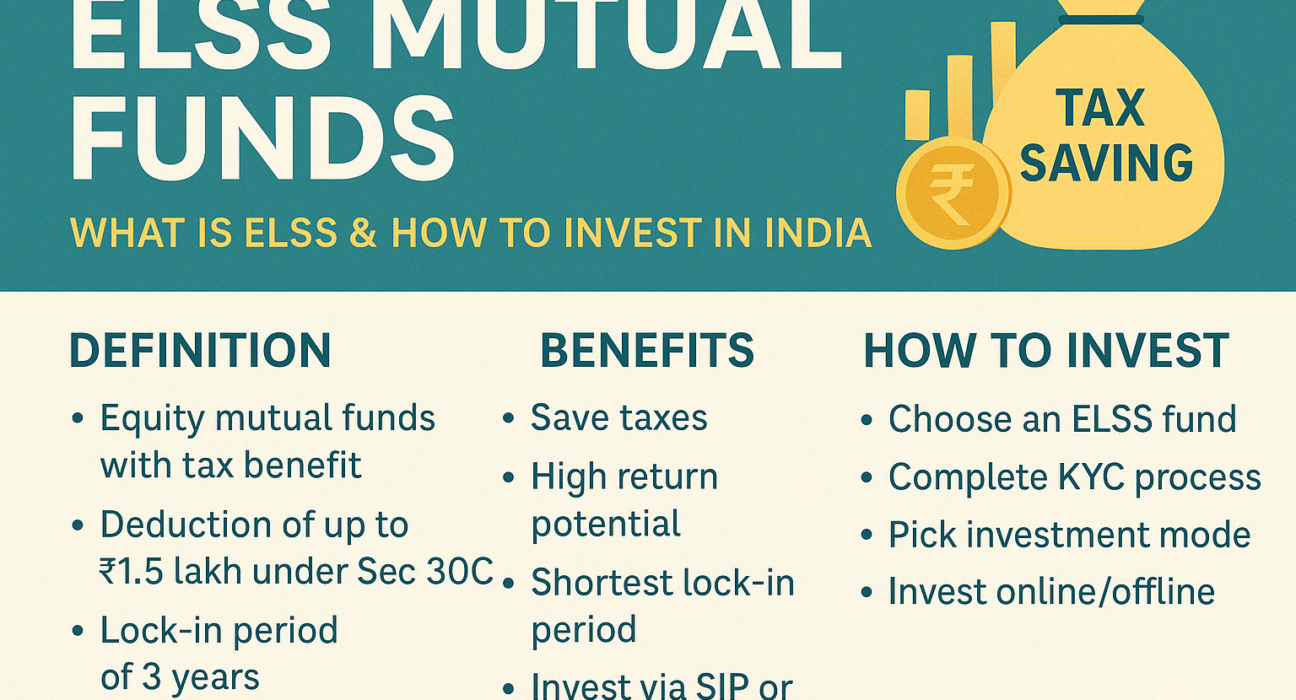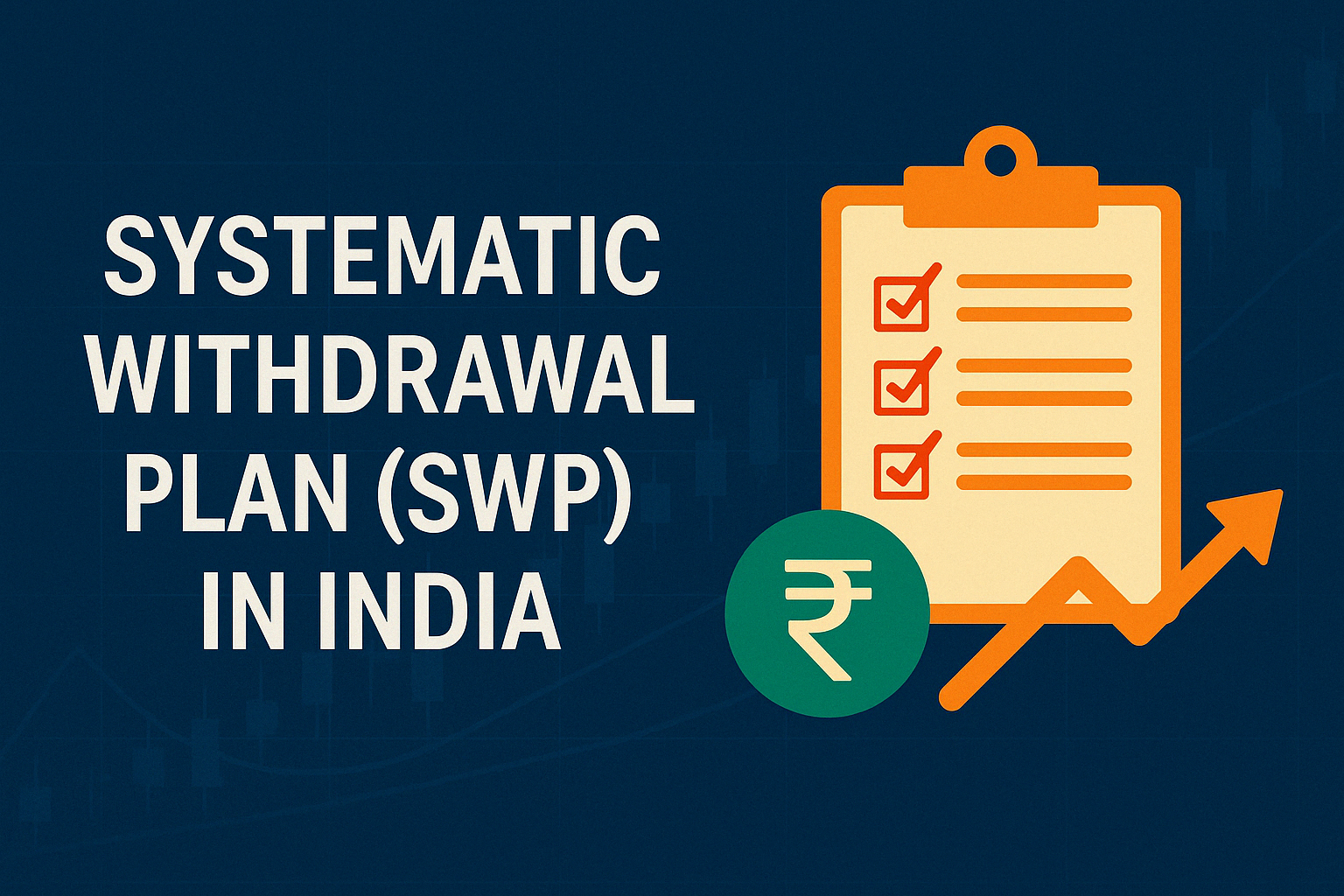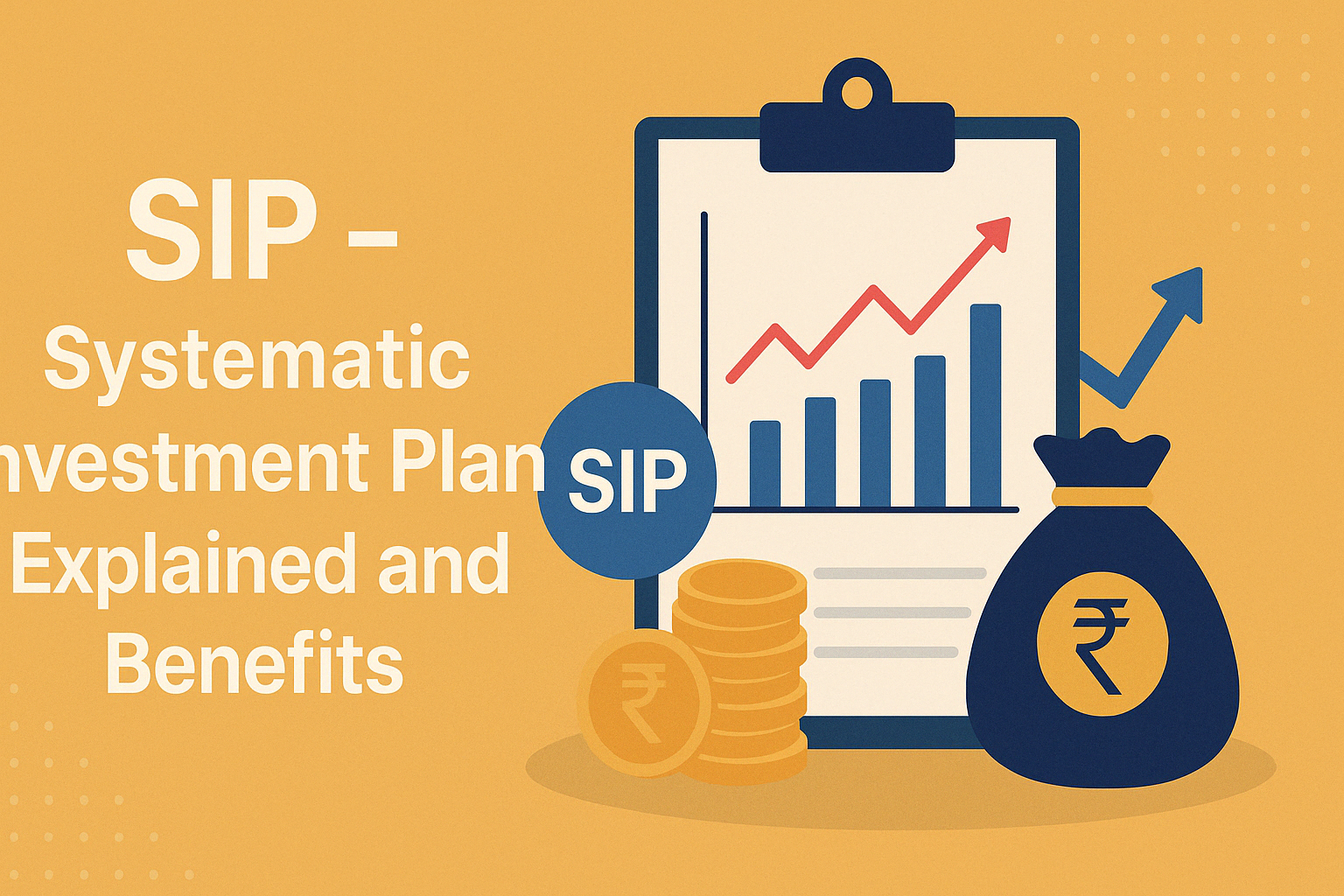ELSS Mutual Funds – What is ELSS Funds & How to Invest in India

In a world where tax-saving options and wealth-building rarely go hand in hand, ELSS mutual funds offer the best of both. Whether you’re a salaried employee, a self-employed professional, or a first-time investor in India, ELSS is one of the smartest tools in your financial arsenal.
But what exactly are ELSS mutual funds? How do they work, and why are they considered the top choice among tax-saving investments?
Let’s dive deep into everything you need to know.
💼 What is an ELSS Mutual Fund?
ELSS (Equity Linked Savings Scheme) is a type of mutual fund that primarily invests in equities (stocks) and comes with a lock-in period of just 3 years—the shortest among all tax-saving instruments under Section 80C of the Income Tax Act.
Unlike traditional options like PPF or NSC, ELSS mutual funds offer market-linked returns, which means they can potentially beat inflation and create real wealth over time.
✅ Key Highlight: You can claim up to ₹1.5 lakh deduction per year under Section 80C by investing in ELSS mutual funds.
How Do ELSS Mutual Funds Work?
When you invest in an ELSS fund, your money is primarily allocated to diversified equity stocks across various sectors and market capitalizations (large-cap, mid-cap, small-cap). Here’s how it works:
- You Invest – Either via lump sum or Systematic Investment Plan (SIP).
- Fund Allocation – Fund managers invest your money in a mix of equity instruments.
- 3-Year Lock-in – Your money is locked for 3 years (no withdrawal during this time).
- Returns Accumulate – You earn market-linked returns and get tax benefits.
🧠 Fun Fact: While the lock-in is 3 years, experts recommend staying invested longer for better returns.
Benefits of Investing in ELSS Mutual Funds
1. Save Taxes
Claim deductions of up to ₹1.5 lakh annually under Section 80C, reducing your taxable income by up to ₹46,800 (if in the 30% tax slab).
2. High Return Potential
Since ELSS mutual funds invest in equities, they offer higher long-term returns compared to traditional tax-saving tools like FD, PPF, or NSC.
| Investment Option | Lock-in Period | Expected Returns (Annually) |
| ELSS | 3 Years | 10% – 15% |
| PPF | 15 Years | 7% – 8% |
| FD (Tax Saving) | 5 Years | 6% – 7% |
3. Shortest Lock-in
Compared to other 80C options, ELSS has the lowest lock-in period of just 3 years—offering liquidity + tax benefit.
4. Flexible Investment Options
You can invest:
- As low as ₹500 per month via SIP.
- Or, go big with a lump sum of up to ₹1.5 lakh.
5. Diversification
Your money is spread across various sectors, reducing risk and increasing return potential.
6. Power of Compounding
Starting early in ELSS builds a strong base for wealth compounding, especially when done via SIP for 5+ years.
Who Should Invest in ELSS Mutual Funds?
ELSS is perfect for:
- Salaried Individuals: Save tax + build retirement corpus.
- Young Professionals: Start small, build wealth over time.
- Entrepreneurs: Enjoy tax deductions while investing in equities.
- Parents: Save for child’s education + gain market exposure.
How to Invest in ELSS Mutual Funds in India?
Here’s a step-by-step guide:
Step 1: Choose the Right Fund
Pick an ELSS fund based on:
- Past performance (5-10 years)
- Fund house reputation
- Expense ratio
- Portfolio allocation
Popular ELSS mutual funds in India include:
- Axis Long Term Equity Fund
- Mirae Asset Tax Saver Fund
- Canara Robeco Equity Tax Saver
- DSP Tax Saver Fund
- Kotak Tax Saver Fund
Step 2: Complete KYC
You’ll need:
- PAN card
- Aadhaar card
- Bank details
- Mobile/email verification
Step 3: Decide Investment Mode
- SIP (Recommended for salaried investors)
- Lump Sum (Ideal if you have a bonus or year-end funds)
Step 4: Start Investing Online
Use trusted platforms like:
- Zerodha Coin
- Groww
- Paytm Money
- Kuvera
- CAMS/Karvy
Step 5: Stay Invested
Avoid withdrawing right after 3 years. ELSS shines when you stay invested for 5–7 years.
SIP vs Lump Sum in ELSS
| Feature | SIP | Lump Sum |
| Ideal For | Salaried & regular income | Investors with surplus funds |
| Market Volatility | Smoothed out via rupee cost averaging | Affects full amount |
| Lock-in | Each SIP installment locks for 3 years | One-time 3-year lock-in |
📢 Pro Tip: Combine SIP with ELSS to enjoy both market averaging and tax benefits.
ELSS Taxation Rules (Post Lock-in)
Even after the 3-year lock-in, returns are not fully tax-free:
- Long-Term Capital Gains (LTCG): Gains up to ₹1 lakh per year are tax-free.
- Gains above ₹1 lakh are taxed at 10% (without indexation).
Common Myths About ELSS Mutual Funds – Busted!
| Myth | Reality |
| ELSS is only for tax-saving | It’s also a strong long-term wealth builder |
| ELSS is too risky | Risk is managed by diversification and professional fund managers |
| You can withdraw after 3 years and stop | ELSS works best when continued for 5+ years |
| ELSS is only for experts | Platforms today make it super beginner-friendly |
Should You Invest in ELSS Mutual Funds?
If you’re looking for a way to:
- Save taxes
- Earn better returns than FDs
- Build wealth consistently
Then ELSS mutual funds are a no-brainer investment for Indians.
Start early, stay consistent, and let the power of equity + tax savings work in your favor. Whether you’re investing ₹500 or ₹50,000 a month—every rupee counts toward your future goals.
“Don’t save what is left after spending, spend what is left after saving.” – Warren Buffett
Let ELSS help you put that quote into practice.
ELSS Mutual Funds in India
Q1. What is the minimum investment in ELSS?
You can start with as little as ₹500 per month.
Q2. Can I redeem ELSS before 3 years?
No. ELSS funds come with a mandatory 3-year lock-in.
Q3. Is ELSS better than PPF?
For higher returns, yes. But it comes with equity market risks.
Q4. Can NRIs invest in ELSS mutual funds?
Yes, some ELSS schemes allow NRI investments. Check with your AMC.
Q5. Is ELSS good for beginners?
Absolutely! ELSS mutual funds are a great way for beginners to enter equity markets with tax benefits.










